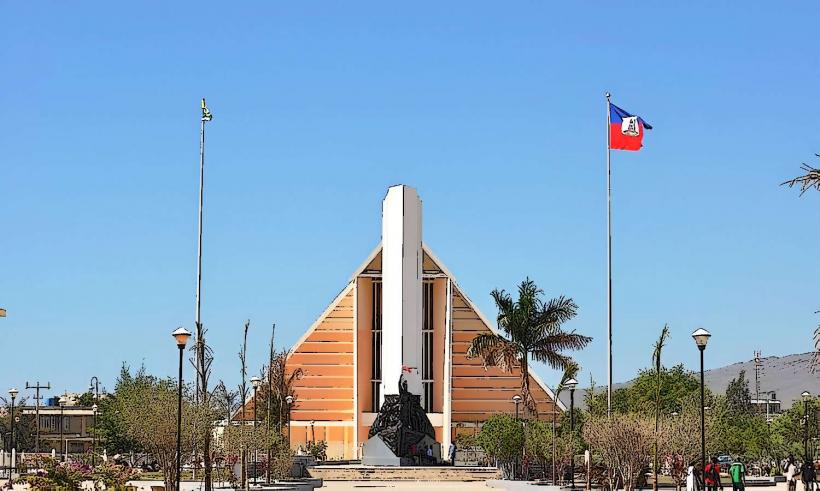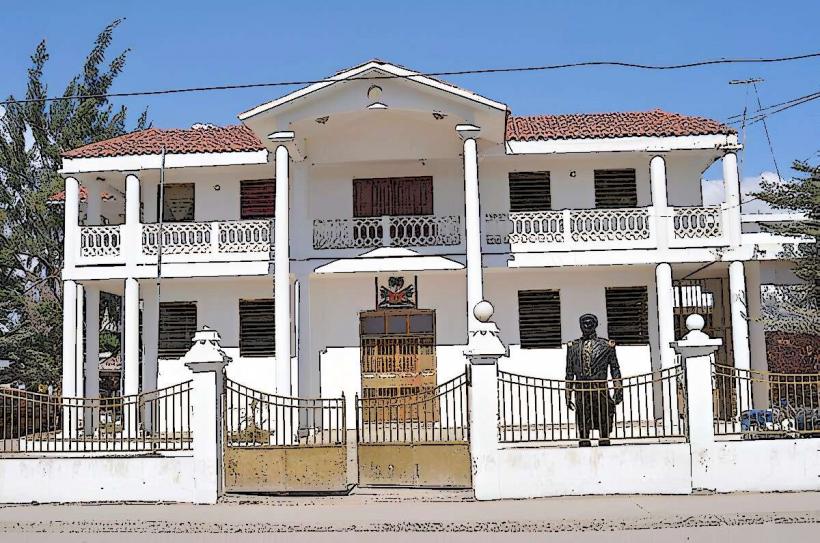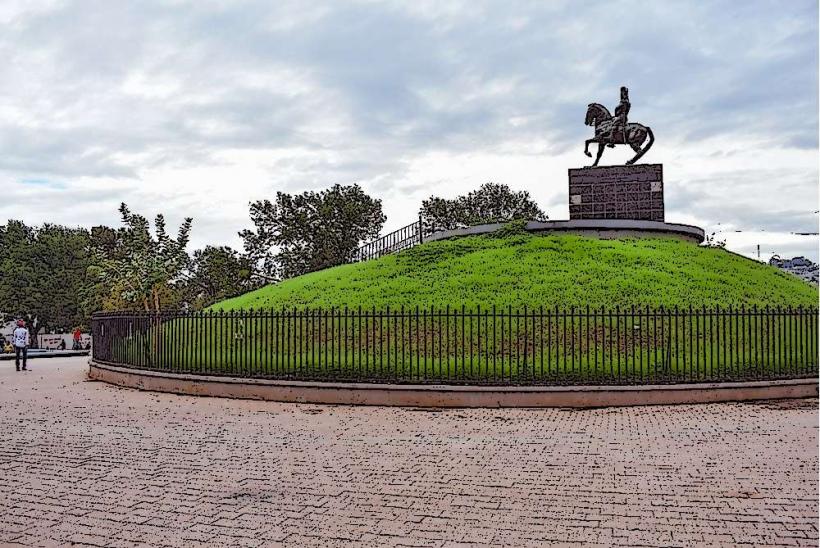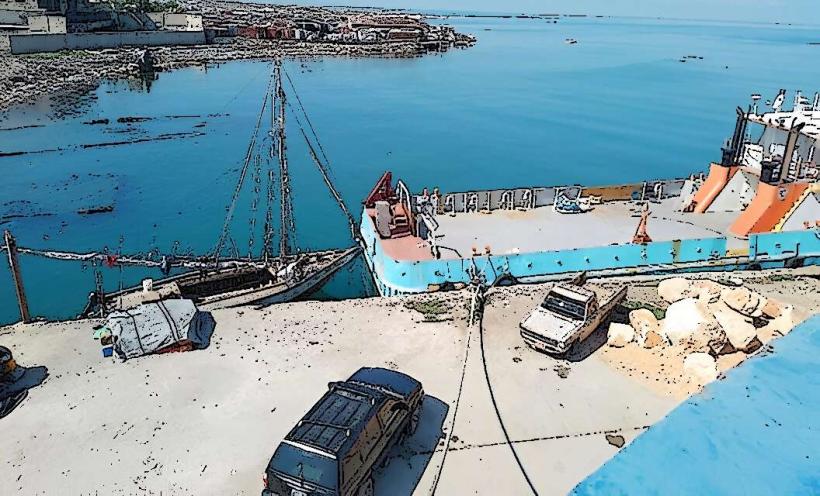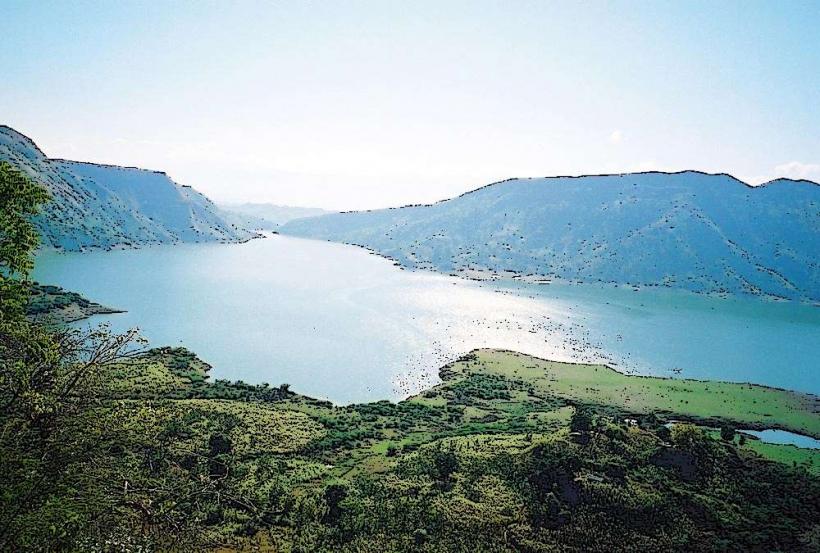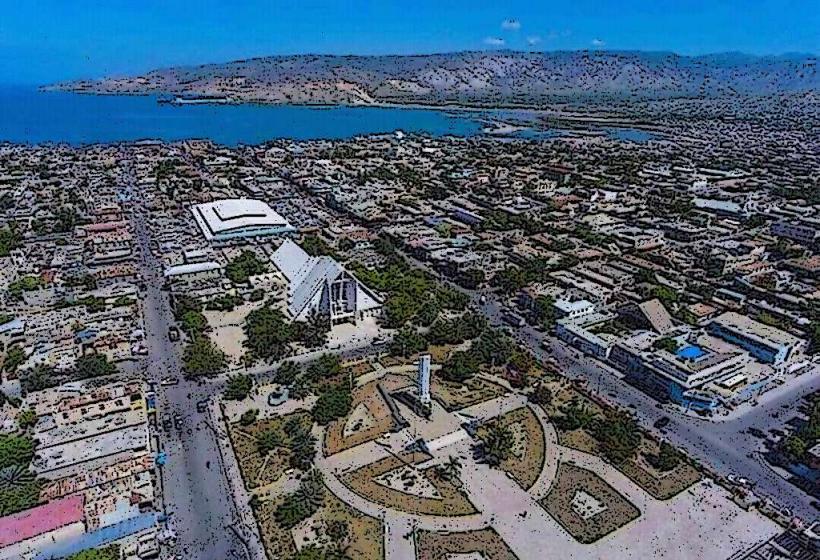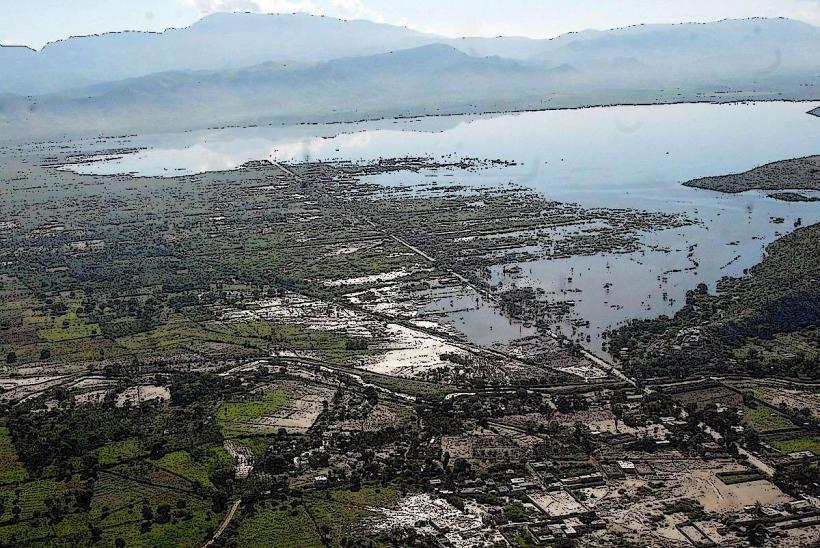Information
Landmark: Caves of Gonaïves (Grottes de Gonaïves)City: Gonaives
Country: Haiti
Continent: North America
The Caves of Gonaïves (or Grottes de Gonaïves) are a natural and historical landmark located near the city of Gonaïves, Haiti. These caves, formed in the region’s limestone geology, offer both cultural and natural significance. They are part of the area's rich natural beauty and have connections to Haiti’s history, making them an important site for both locals and visitors.
Geographical Location
The caves are situated in the vicinity of Gonaïves, a port city on the northwestern coast of Haiti. The surrounding region is characterized by a rugged landscape, with hills and limestone rock formations that provide a stunning backdrop to the caves. The area is also known for its rich biodiversity and varied ecosystems, which further contribute to the caves' historical and ecological importance.
Natural Formation and Features
The Caves of Gonaïves are primarily limestone caves, which have been shaped over millions of years through natural processes such as erosion and water infiltration. Limestone caves like these are often characterized by:
Stalagmites and Stalactites: The formations inside the caves include stalagmites (formations that rise from the ground) and stalactites (formations that hang from the ceiling). These natural features have formed over thousands of years due to the gradual buildup of minerals from dripping water.
Underground Chambers: The caves contain large chambers that have been carved out by geological forces. These spaces often have unique acoustics and varying temperature and humidity levels, making them fascinating to explore.
Biodiversity: Caves like those in Gonaïves provide a habitat for various species of bats and insects, which are crucial for the local ecosystem. Some caves may also harbor unique plant life that thrives in the cool, dark environment.
Historical and Cultural Significance
The Caves of Gonaïves have both historical and cultural value, particularly in the context of Haiti’s colonial and revolutionary past.
Refuge During the Haitian Revolution: During the Haitian Revolution (1791-1804), these caves may have been used as hiding places or places of refuge by revolutionaries, particularly those seeking to escape French forces or to regroup. Given Gonaïves’ pivotal role in the revolution, the caves might have served as a safe haven for individuals fighting for independence.
Spiritual and Cultural Use: The caves, like many natural landmarks in Haiti, have been tied to local folklore and spirituality. In some Haitian traditions, caves are seen as sacred spaces, sometimes associated with voodoo practices or other local religious customs. The natural features of the caves could also have inspired myths and legends over time.
Tourism and Exploration
The Caves of Gonaïves are not as widely known as other tourist attractions in Haiti, but they have the potential to become a destination for ecotourism and historical exploration.
Ecotourism: The caves and their surroundings offer an opportunity for ecotourism, as visitors can explore the natural beauty of the caves and the unique geological features. Hiking and cave exploration provide a chance for adventure travelers and nature enthusiasts to experience the untouched beauty of this region.
Educational and Historical Tours: For those interested in the history of Haiti, tours of the caves can be educational, shedding light on the historical significance of the region. Visitors can learn about the Haitian Revolution and the role that natural spaces like these may have played in the resistance against colonial rule.
Conservation and Preservation: As with many natural landmarks, the Caves of Gonaïves are subject to the need for preservation and conservation. Protecting the caves from environmental damage and preserving their delicate ecosystems are important for ensuring that future generations can continue to explore and appreciate them.
Challenges and Preservation Efforts
While the caves of Gonaïves are a unique natural resource, they face various challenges related to environmental degradation, such as:
Environmental Damage: The caves are vulnerable to erosion, pollution, and human activities such as uncontrolled tourism or illegal mining in the area. Preservation efforts are needed to protect the delicate balance of the cave ecosystems and ensure that they remain intact for future generations.
Access and Infrastructure: The caves are located in a relatively remote area, and access may require a hike or off-road travel. Infrastructure improvements, including better signage, roads, and facilities for visitors, are essential for increasing accessibility while preserving the site's natural integrity.
Conclusion
The Caves of Gonaïves are an important natural and historical feature of the region. While they have a strong connection to Haiti’s revolutionary past and local cultural practices, they also offer significant ecological value and potential for ecotourism. Preserving the caves and their surrounding environment will be essential to ensuring that this natural treasure continues to be appreciated for both its historical significance and natural beauty. As Haiti continues to develop its tourism industry, the caves of Gonaïves could become an increasingly important destination for those seeking to explore both the natural wonders and the rich history of the country.


